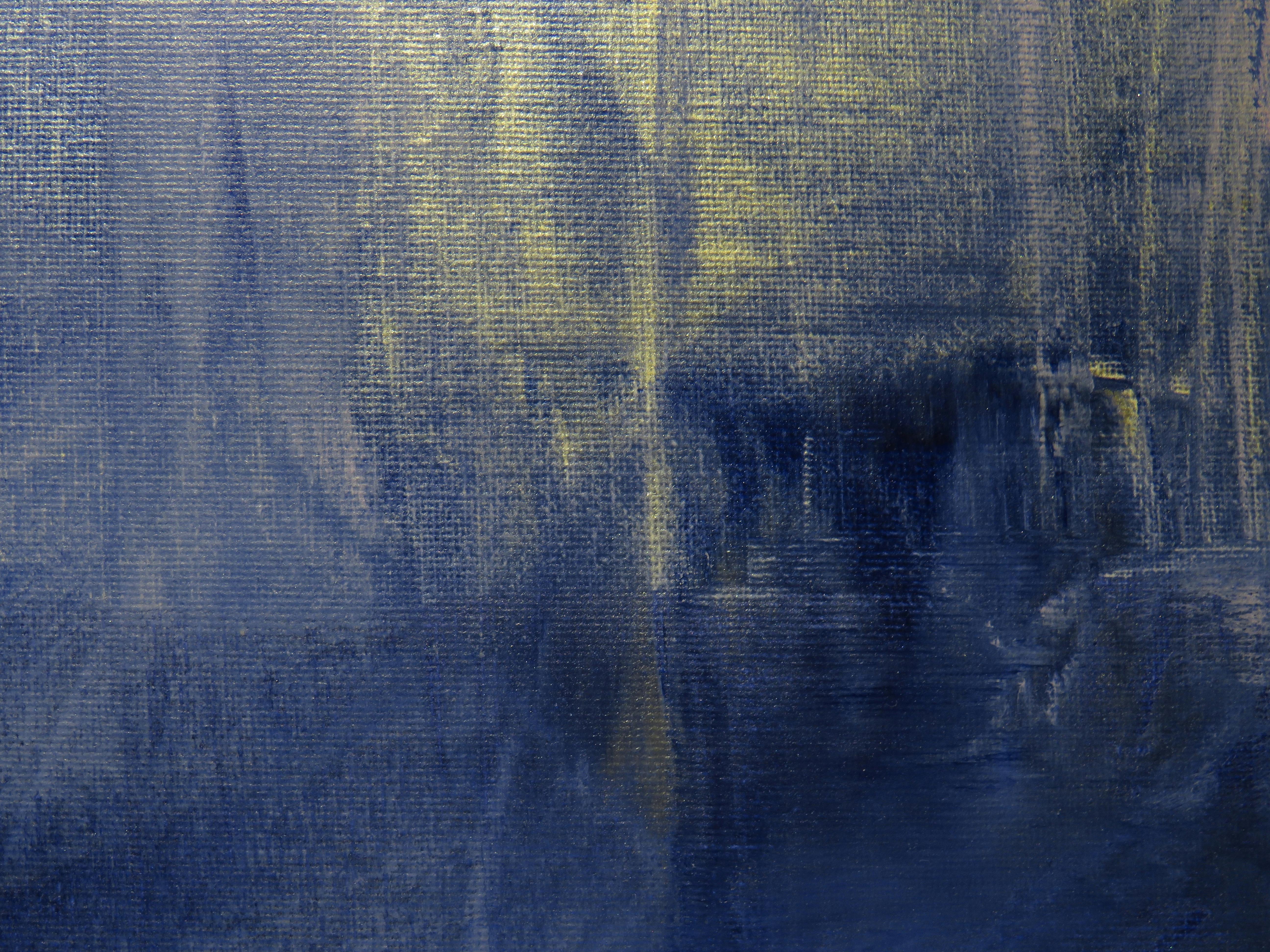Outside of academia, a harsh and seemingly growing debate has emerged about how the media distorts the political agenda. Few would dispute the idea that media institutions are important to contemporary politics. In the transition to liberal democratic politics in the Soviet Union and Eastern Europe, the media was a key battlefield. In the West, elections are increasingly focused on television, with an emphasis on advertising and marketing. Democratic politics emphasizes the mass media as a space for democratic demands and the formation of “public opinion.” The media is seen as empowering citizens and subjecting the government to restraint and redress. However, the media is not only neutral observers, but also political actors. The interaction of the mass media and political actors (politicians, interest groups, strategists and others who play important roles) in the political process is evident. Under this framework, the American political arena can be characterized as a dynamic environment in which communication, particularly journalism in all its forms, substantially influences and is influenced by it.
According to the theory of democracy, the people rule. The pluralism of the different political parties provides people with “alternatives”, and if one party loses their confidence, they can support another. The democratic principle of “government of the people, by the people and for the people” would be fine if everything were so simple. But in a medium to large modern state things are not like that. Today, several elements help shape the public’s political discourse, including the goals and success of public relations and advertising strategies used by politically engaged individuals and the growing influence of new media technologies such as the Internet.
A naive assumption of liberal democracy is that citizens have adequate knowledge of political events. But how do citizens acquire the information and knowledge necessary to use their votes other than through blind guesswork? It is not possible for them to witness everything that happens on the national stage, let alone at the level of world events. The vast majority are not political students. They don’t really know what’s going on, and even if they did, they would need guidance on how to interpret what they know. Since the beginning of the 20th century, this has been accomplished through the mass media. Few in the United States today can say they don’t have access to at least one form of the media, yet political awareness is remarkably low. While political information is available through the proliferation of mass media, different critics argue that events are shaped and packaged, frames are built by politicians and news anchors, and proprietary influences between political actors and the media provide important brief clues about how to interpret and understand the news.
One other interesting fact about the media should not be forgotten. His political influence extends far beyond newspaper reports and articles of a direct political nature, or television programs related to current affairs that affect politics. In a much more subtle way, they can influence people’s thought patterns through other means, such as “goodwill” stories, pages dealing with entertainment and popular culture, movies, television “soap operas”, “educational” programs . All of these types of information form human values, concepts of good and evil, right and wrong, sense and nonsense, what is “in” and what is “out of style” and what is “acceptable” and “unacceptable”. These human value systems, in turn, shape people’s attitudes toward political issues, influence how they vote, and thus determine who holds political power.
